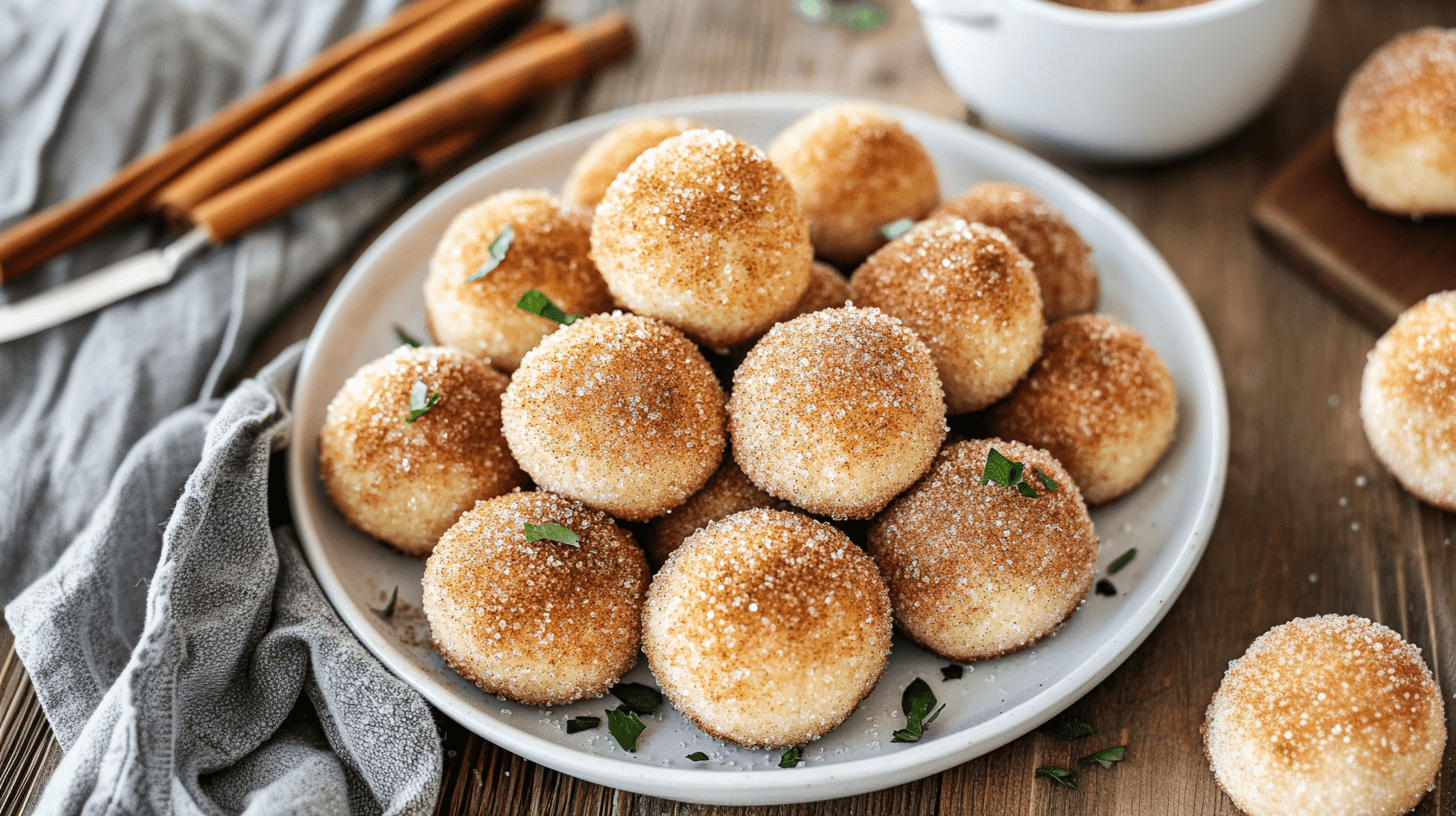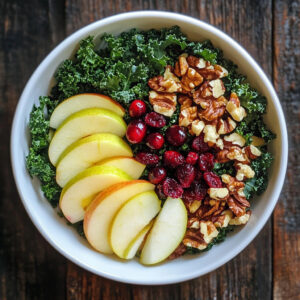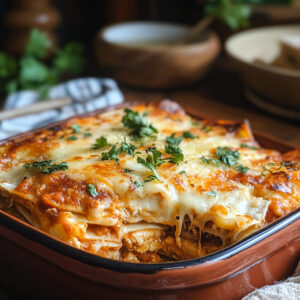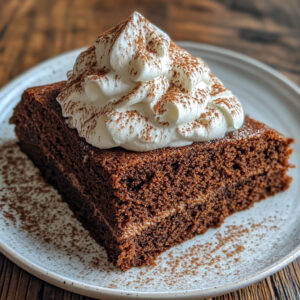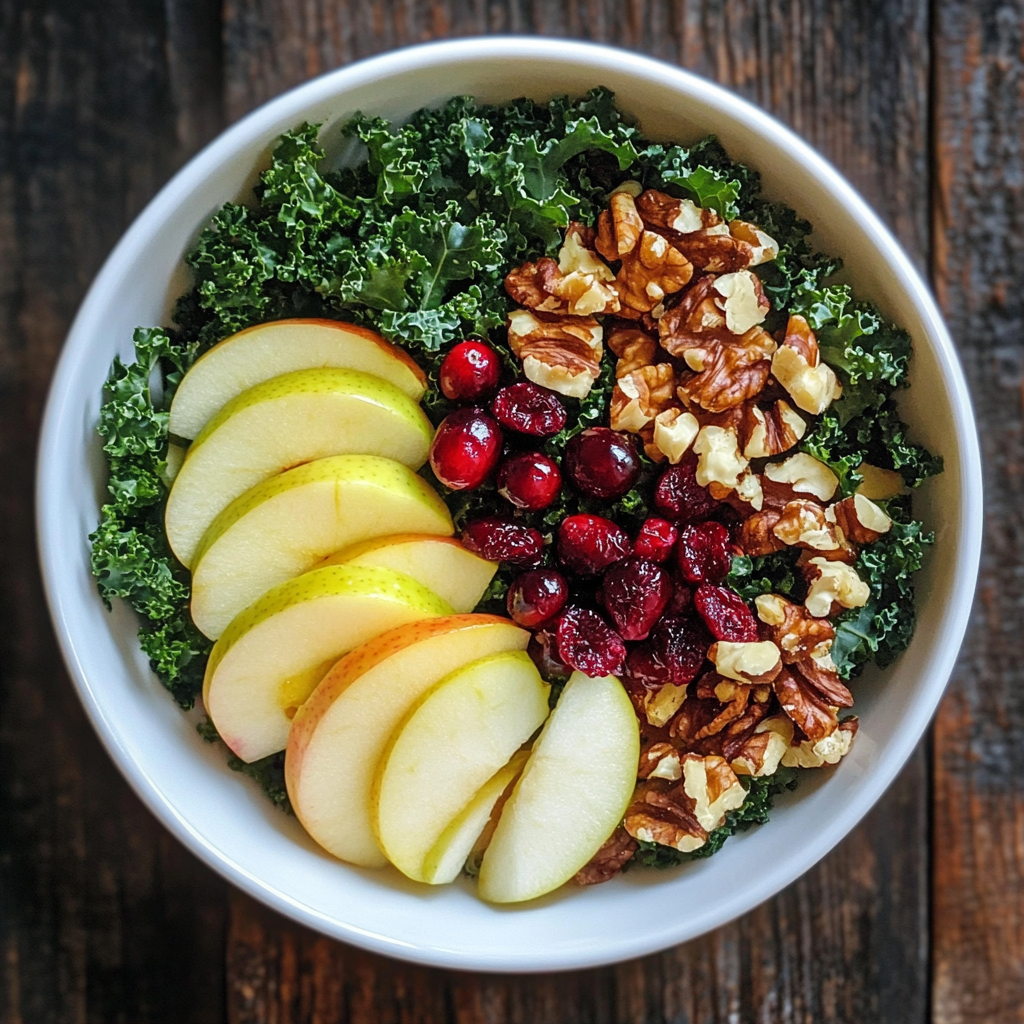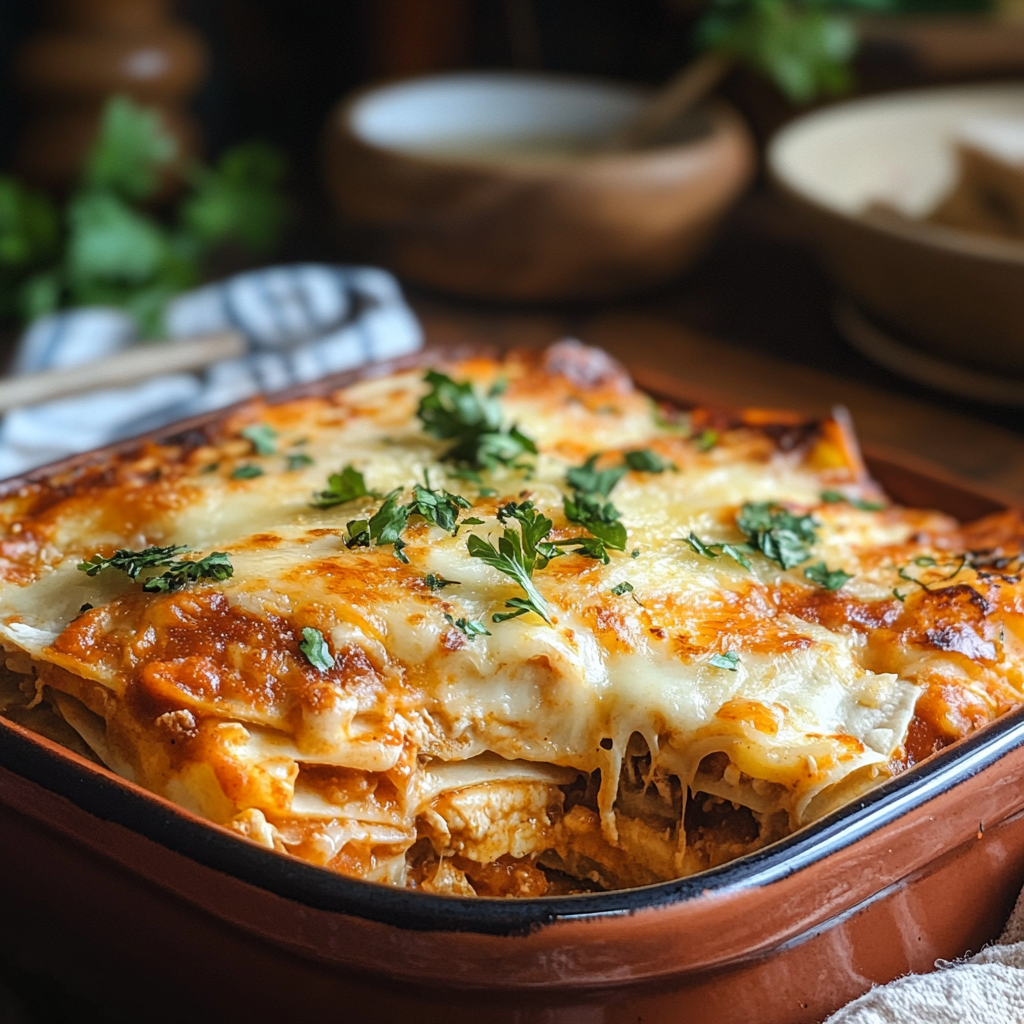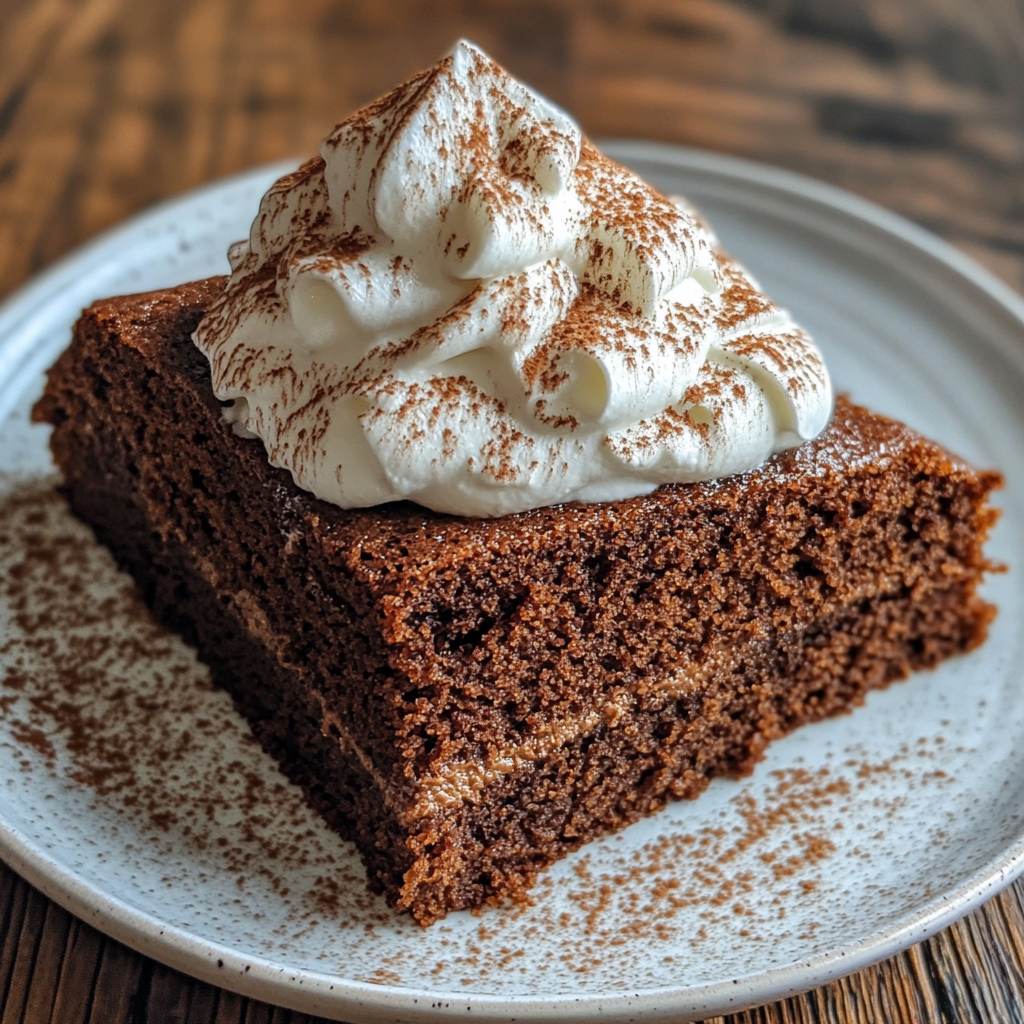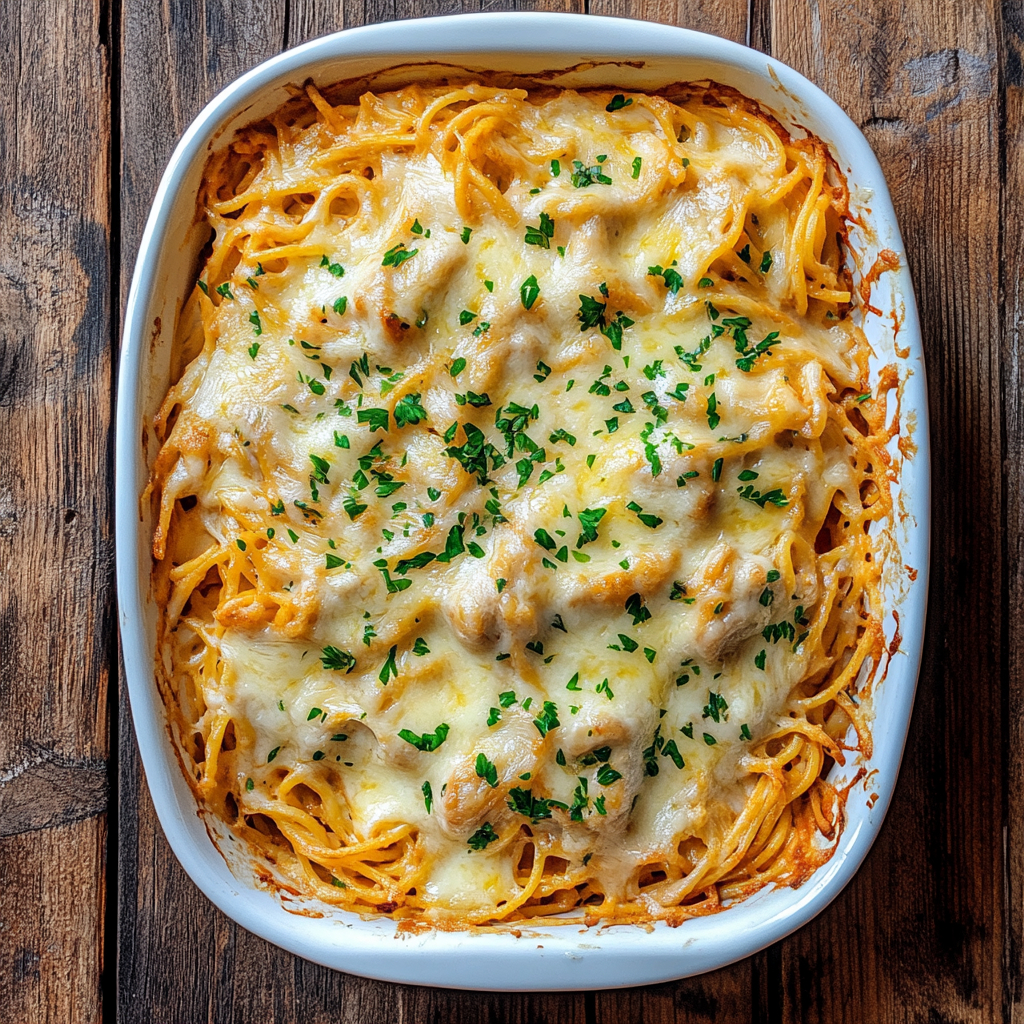snickerdoodle no tartar are a timeless favorite, cherished for their soft, chewy texture and classic cinnamon-sugar coating. Traditionally, cream of tartar plays a significant role in their recipe, providing tanginess and contributing to their iconic texture. But if you don’t have cream of tartar on hand, there’s no need to worry! This recipe for snickerdoodles without tartar uses simple substitutions, ensuring the cookies remain just as delicious. Whether you’re a seasoned baker or a beginner, this recipe will guide you to creating irresistible cookies with ease. Let’s get started!
For more baking inspiration, visit Rustle Recipes.
Table of Contents
Why Is Tartar Used in Traditional Snickerdoodles?
Role of Cream of Tartar
- Tangy Flavor: Cream of tartar gives snickerdoodles their subtle tang, setting them apart from sugar cookies.
- Texture: It activates baking soda, ensuring the cookies are soft and chewy.
Why Skip Tartar?
- Pantry Shortages: Cream of tartar isn’t always readily available.
- Simple Substitutes: Baking powder serves as an excellent alternative, combining the acid and base needed for leavening.
Ingredients for snickerdoodle no tartar

Key Ingredients
- Butter, Sugar, and Eggs: Create a rich and soft cookie base.
- Baking Powder: Acts as a substitute for cream of tartar and baking soda.
- Vanilla Extract: Enhances the overall flavor.
- Flour and Salt: Provide structure to the dough.
- Cinnamon and Sugar: The iconic coating that defines snickerdoodles.
Optional Add-Ins
- Chocolate Chips: Add a touch of sweetness.
- Crushed Nuts: Provide a satisfying crunch.
How to Make snickerdoodle no tartar

Preparation
- Preheat your oven to 375°F (190°C).
- Line baking sheets with parchment paper or silicone baking mats.
Mixing the Dough
- In a large bowl, cream butter and sugar until light and fluffy.
- Beat in eggs and vanilla until smooth.
- In a separate bowl, whisk together flour, baking powder, and salt. Gradually add this mixture to the wet ingredients, mixing until a soft dough forms.
Shaping and Coating
- Roll the dough into small balls, about 1 inch in diameter.
- In a shallow dish, combine cinnamon and sugar. Coat each dough ball generously.
Baking
- Arrange the dough balls on prepared baking sheets, spacing them 2 inches apart.
- Bake for 8–10 minutes, removing the cookies when the edges are set but the centers remain soft.
- Allow the cookies to cool on the baking sheet for 2 minutes before transferring them to a wire rack.
Why Baking Powder Works as a Substitute
Baking Powder Combines Acid and Base
- Efficiency: Eliminates the need for separate cream of tartar and baking soda.
- Consistency: Produces the same leavening effect for soft and chewy cookies.
Flavor and Texture Comparison
- Flavor: Slightly less tangy but still rich and flavorful.
- Texture: Maintains the classic chewiness of snickerdoodles.
Extra Tips
- Add a teaspoon of lemon juice or yogurt if you’d like to replicate the tangy note.
Tips for Perfect snickerdoodle no tartar
Chill the Dough
- Refrigerating the dough for at least 30 minutes helps prevent the cookies from spreading too much during baking.
Measure Flour Correctly
- Use the spoon-and-level method to avoid adding too much flour, which can lead to dry cookies.
Use Room-Temperature Butter
- Ensures even mixing and a smooth dough.
Variations to Try
Brown Butter Snickerdoodles
- Brown the butter before creaming for a nutty, caramelized flavor.
Spiced Snickerdoodles
- Add ½ teaspoon of nutmeg, ginger, or pumpkin spice to the dough for extra warmth.
Stuffed Snickerdoodles
- Place a small piece of caramel, chocolate, or Nutella in the center of each dough ball before baking.
Storing and Freezing Instructions

Storing Baked Cookies
- Store in an airtight container at room temperature for up to 5 days.
Freezing Cookie Dough
- Roll dough into balls, coat in cinnamon-sugar, and freeze on a baking sheet. Once solid, transfer to a freezer-safe bag. Dough can be frozen for up to 3 months.
Reheating for Freshness
- Warm cookies in the microwave for 10–15 seconds to restore their softness.
Common Questions About snickerdoodle no tartar
Do These Cookies Taste Different snickerdoodle no tartar?
- Slightly less tangy, but the cinnamon-sugar coating ensures they remain delicious.
Can I Use Self-Rising Flour?
- Yes, but omit the baking powder and salt from the recipe.
How Do I Prevent Cookies from Spreading Too Much?
- Chill the dough for at least 30 minutes before baking.
Can I Make These Cookies Vegan?
- Substitute butter with plant-based alternatives and use a flaxseed egg (1 tablespoon ground flaxseed + 3 tablespoons water).
Mistakes to Avoid
Overbaking the Cookies
- Remove cookies when the edges are just set. Overbaking leads to dry, crunchy cookies.
Skipping the Cinnamon-Sugar Coating
- The coating is essential for the authentic snickerdoodle flavor.
Not Preheating the Oven
- An oven that’s not fully preheated can result in unevenly baked cookies.
Conclusion
Baking ssnickerdoodle no tartar is simple and just as delicious as the traditional method. With baking powder as a substitute, you’ll enjoy soft, chewy cookies coated in that irresistible cinnamon-sugar goodness. Whether you’re baking for a holiday gathering or an afternoon treat, this recipe guarantees success. Try it today and savor every bite of this classic cookie!
For more cookie ideas, visit Rustle Recipes.
FAQ Section
Q1: Can I Bake These Cookies Without Chilling the Dough?
Yes, you can bake these cookies without chilling the dough, but chilling has significant advantages.
Benefit: Chilling enhances texture, flavor, and prevents excessive spreading during baking.
- Why Chilling Helps:
- It firms up the butter, ensuring the cookies hold their shape in the oven.
- Chilling allows the flavors to meld, creating a more pronounced cinnamon-sugar taste.
- How to Bake Without Chilling:
- If you skip chilling, expect flatter cookies. Reduce baking time slightly to avoid overbaking.
While skipping this step can save time, chilling ensures your snickerdoodles are soft, chewy, and picture-perfect.
Q2: What If I Don’t Have Vanilla Extract?
If you don’t have vanilla extract, substitute with almond extract or maple syrup for a delightful twist.
Benefit: Adds unique flavors while keeping the cookies sweet and aromatic.
- Almond Extract:
- Provides a nutty, slightly sweet aroma. Use half the amount of vanilla extract called for in the recipe, as almond extract is more potent.
- Maple Syrup:
- Adds a warm, caramel-like sweetness. Substitute 1:1 for vanilla extract.
Experimenting with these alternatives introduces exciting new flavors to your cookies, perfect for those seeking variety.
Q3: Can I Double This Recipe?
Absolutely! Doubling the recipe is straightforward and ideal for larger gatherings or batch baking.
Benefit: Saves time by producing more cookies in a single baking session.
- How to Double the Recipe:
- Double all ingredients proportionally, ensuring accurate measurements.
- Use a larger mixing bowl to handle the increased dough volume.
- Tips for Success:
- Bake in batches to avoid overcrowding your oven. Rotate baking sheets for even results.
Doubling the recipe lets you create enough snickerdoodles for parties, holiday treats, or gift bags with minimal effort.
Q4: How Do I Make the Cookies Extra Chewy?
To make the cookies extra chewy, small adjustments to the recipe can work wonders.
Benefit: Achieves the soft, chewy texture that many cookie lovers prefer.
- Add an Extra Egg Yolk:
- The added yolk increases moisture and richness, enhancing the chewiness.
- Reduce Baking Time:
- Remove cookies from the oven when the edges are set but the centers look soft. They’ll firm up as they cool.
- Use More Brown Sugar:
- Replace some granulated sugar with brown sugar, which retains moisture better.
These simple tweaks result in irresistibly chewy cookies that are sure to please.
Q5: Can I Use Margarine Instead of Butter?
Yes, margarine can replace butter in this recipe, though there are slight differences to consider.
Benefit: Provides a dairy-free or lower-fat option while still yielding tasty cookies.
Use stick margarine, not the spreadable type, as it has a more consistent fat content.
Flavor and Texture Differences:
Butter offers a richer, more complex flavor.
Margarine’s higher water content may cause the cookies to spread more, so chill the dough before baking.
Best Practices:
Use stick margarine, not the spreadable type, as it has a more consistent fat content.

